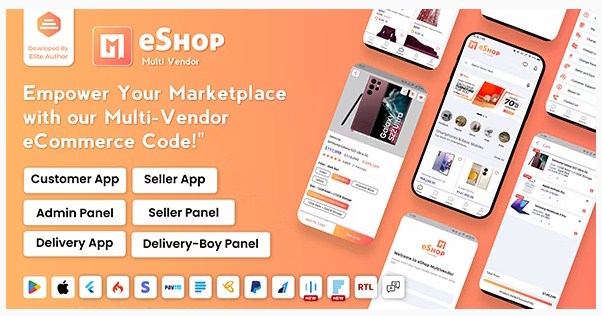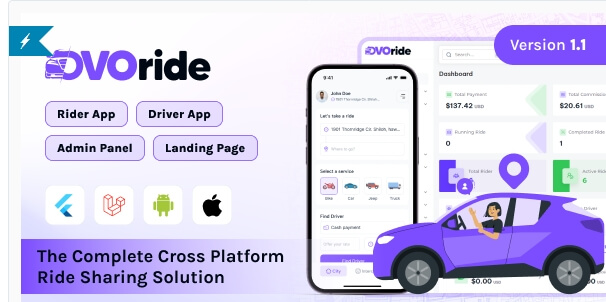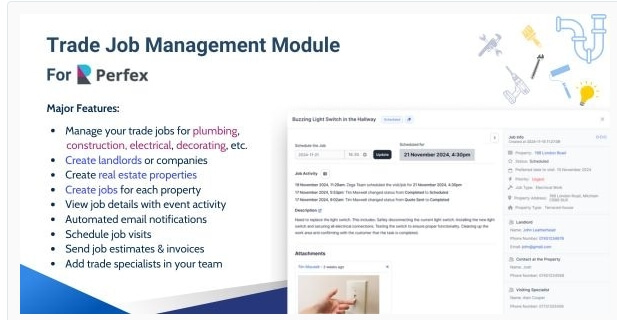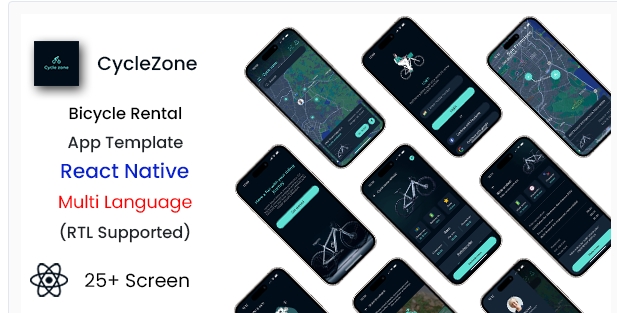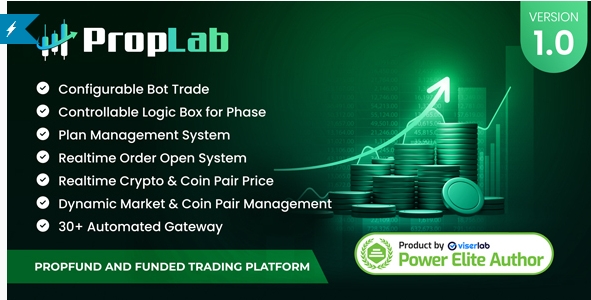“eShop” is a multi-vendor eCommerce application and marketplace Flutter app. It seems to be designed to provide a platform for both individual vendors and customers to engage in online buying and selling activities.
Here’s a brief overview of what the “eShop” platform entails:
- Multi-Vendor eCommerce App: “eShop” likely serves as a multi-vendor eCommerce application, allowing multiple vendors to offer their products on a single platform. Vendors can set up their stores, list products, manage orders, and interact with customers.
- Vendor Marketplace Flutter App: The “eShop” also provides a Flutter-based app that serves as a marketplace for vendors. This app might include features that facilitate vendor registration, product listing, order management, and communication with customers.
It’s important to note that the information provided is relatively limited, and the specifics of the features, functionalities, and capabilities of “eShop” might be more detailed in its documentation or user guides. If you’re interested in using or implementing “eShop,” consider the following steps:
- Review Documentation: Look for detailed documentation that explains the features, setup process, and usage instructions of the “eShop” platform. This will give you a clearer understanding of what the platform offers.
- Testing: If possible, consider testing the platform in a controlled environment to evaluate its functionality and suitability for your specific requirements.
- User Experience: Explore the user experience from both the vendor and customer perspectives. Pay attention to how vendors can manage their stores and products, and how customers can browse, search, and make purchases.
- Customization: Check if “eShop” provides customization options to tailor the platform’s appearance and features to your brand’s needs.
- Security: Ensure that the platform includes necessary security features to protect user data and transactions.
- Scalability: Consider whether the platform can scale effectively as your business grows, accommodating more vendors and customers.
- Support: Look for available customer support or community resources in case you encounter any issues or have questions.
- Updates: Confirm if the platform receives regular updates and improvements to keep up with industry trends and security requirements.
Remember that the success of your multi-vendor eCommerce platform depends on various factors, including user engagement, vendor satisfaction, and customer experience. Thoroughly evaluating the platform’s features and considering its alignment with your business goals will be crucial in making an informed decision.

